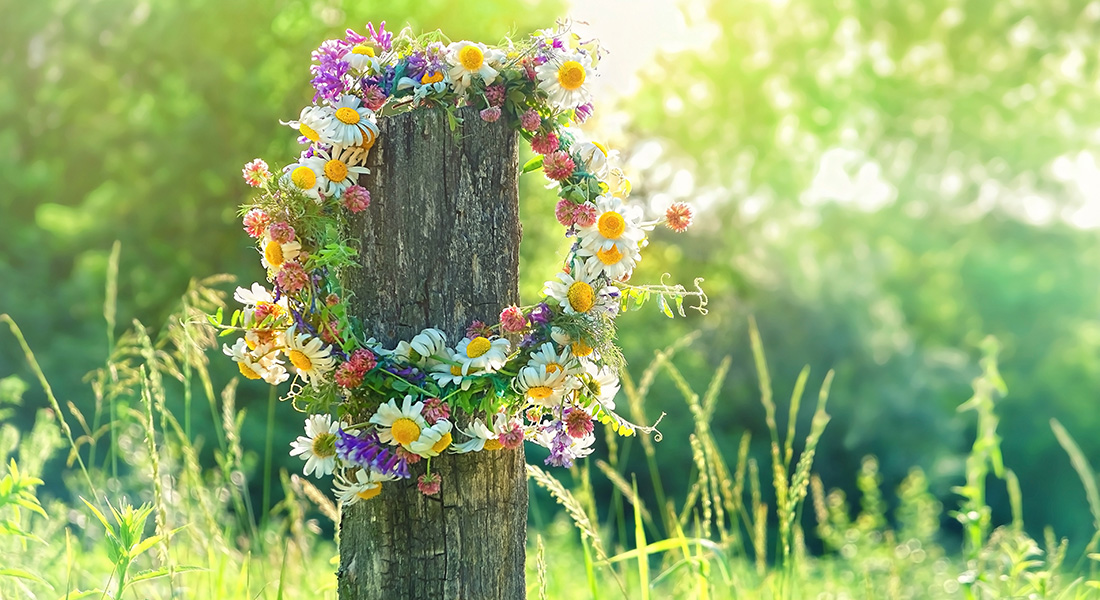
For centuries, cultures around the world have recognized—if not celebrated—the summer solstice. Ancient Romans would honour the goddess Vesta with a festival, Midsummer bonfires would set the sky ablaze in parts of Europe, and ancient peoples likely gathered at Stonehenge.
But solstice festivals and rituals aren’t just reserved for ancient times. Today, the summer solstice still sees celebrations around the world.
What is the Summer Solstice?
The summer solstice is the point in the year with the longest day and shortest night. It occurs when the sun’s path through the sky is at its longest, bringing the maximum amount of daylight hours.
This astronomical event kicks off the summer season, but—as all the festivities make clear—its significance doesn’t end there!
When is the Summer Solstice?
Sun-lovers: I have good news for you. You can catch the longest day of the year twice…if you’re willing to travel. That’s because the Northern Hemisphere and Southern Hemisphere each have a summer solstice, happening at opposite points in the year.
In the Northern Hemisphere, the summer solstice occurs around June 21st. Meanwhile, in the Southern Hemisphere, the longest day comes around December 21st. This means that, depending on where you are, June or December could be an especially exciting time of year.
Let’s take a look at these 5 summer solstice celebrations around the world.
5 Summer Solstice Celebrations Around the World
1. Summer Solstice at Stonehenge
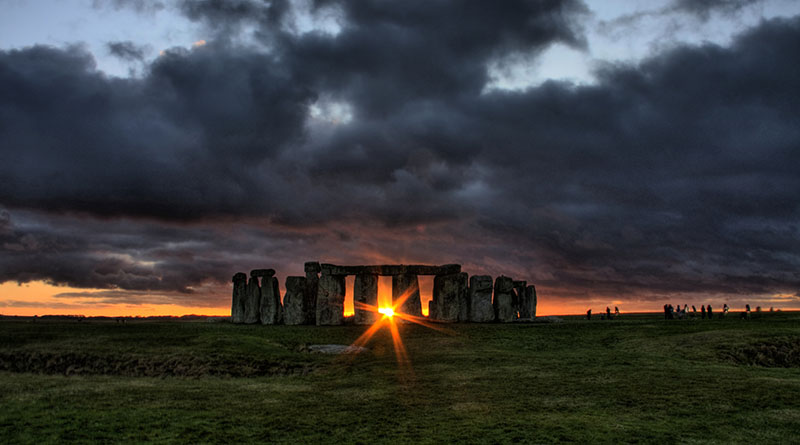
Each year, droves of people gather in Wiltshire, England, to an enigmatic 5,000-year-old monument: Stonehenge.
The purpose of the structure is riddled with mystery. Some believe it was built to host religious ceremonies. Others say it was used to study the sun and moon.
Ancient ancestors of the region believed the sun and moon held a special power over their lives, and researchers believe they held special ceremonies at Stonehenge on the summer and winter solstices.
Today, thousands gather at the monument to watch the sunrise on the longest day of the year. As the sun appears behind the Heel Stone, which marks the entrance of Stonehenge, crowds cheer and applaud for the start of summer.
Some visitors take in the power of the occasion through yoga or respective religious rituals. Others come strewn with flower crowns and necklaces, dressed in bright colours.
2. Midsummer in Sweden
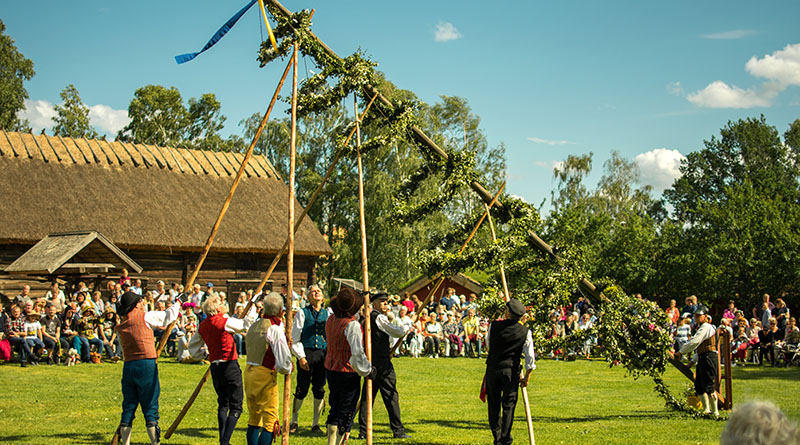
The solstice is considered a magical and spiritual night in Sweden. Swedes are also very in tune with nature and the seasons. They experience a relatively short summer season, so they mark the solstice – which they call Midsummer – with grand celebrations.
On Midsummer Eve, many Swedes begin the day by gathering flowers and making wreaths, which will bedeck the ritualistic maypole. On the day of Midsummer, the maypole is erected, and children and adults dance around the flowered pole.
Traditionally, Swedes will indulge in a menu that includes pickled herring, salmon, and potatoes. Many will accompany the meal with beer and Schnapps and top it off with a dessert of the first strawberries of the summer and whipped cream. Sprinkled with singing, games, and revelry, Midsummer is a huge ordeal for Swedes.
Once festivities have wrapped up, girls and young women might go flower-picking on the way home. Legend has it that if they pick seven different species of flowers and lay them under their pillows, they will dream about their future husbands.
3. Summer Solstice in Austria
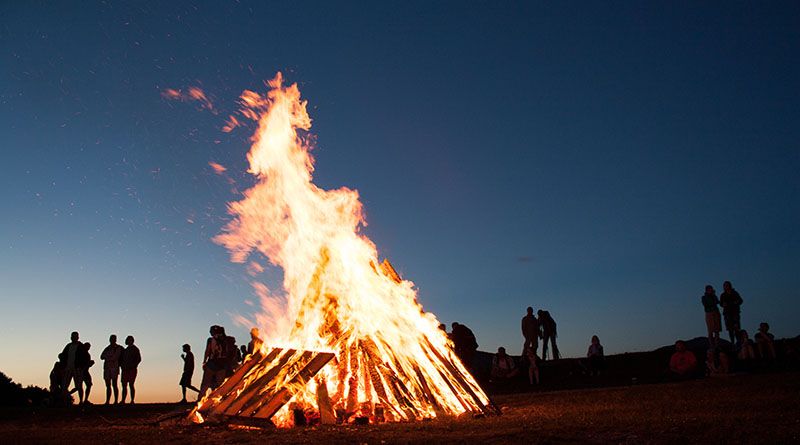
On the shortest night in the western Austrian state of Tyrol, the mountains flicker with bonfires marking the start of summer.
The tradition is said to date all the way back to the Middle Ages. Local groups climb the mountains each year to build fires that illuminate the mountains. Some create symbols with the fires, such as a cross or a sacred heart.
Innsbruck hosts a midsummer celebration full of excitement. As bright as the Nordkette Mountains are lit, musical entertainment and food highlight the night.
4. Feast of Sant Joan Spain
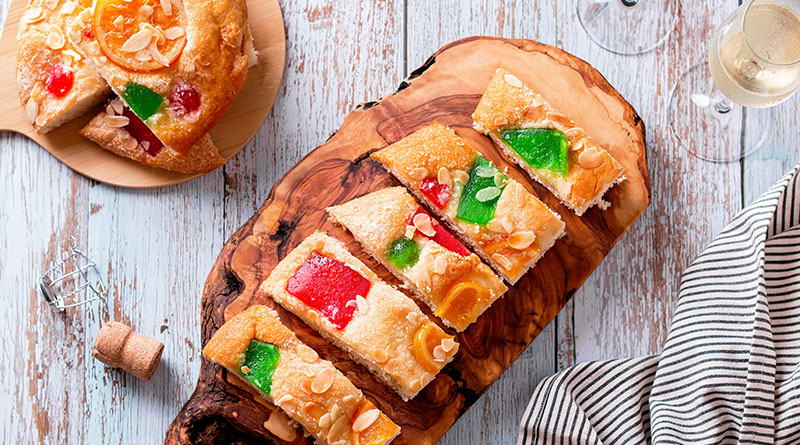
The start of summer, especially in Barcelona, is marked by the explosive celebrations of the Feast of Sant Joan.
Described in Catalan as the “Nit del Foc,” or “Night of Fire,” Spaniards light up the night with bonfires and fireworks. The fiery display has multiple purposes, including warding off misfortune and evil, strengthening the sun, and aiding with purification. Other traditions include jumping over the bonfire during the celebration.
An iconic food for the Feast of Sant Joan is called the “coca.” It is a pastry typical of Catalan countries, whether sweet or savoury. The coca de Sant Joan is typical of the night, a popular sweet coca often decorated with candied fruits and pine nuts.
5. Midnight Sun Festival in Alaska

Situated so far north, parts of Alaska see weeks (and even months) of 24-hour sun during the period surrounding the summer solstice. One such area is Fairbanks.
Nestled in Alaska’s interior, Fairbanks sees a little over two months of continuous sunlight beginning in mid-May. In the middle of that timeframe is the solstice—and with it, a huge one-day festival that celebrates all that sunshine and brings the community together.
Named the Midnight Sun Festival, the annual event dates back over 40 years. Today, it attracts tens of thousands of visitors and locals to downtown Fairbanks. Running well into the night (which, by the way, still looks like daytime), it’s an epic day filled with live performances, local food, crafts, vendors, and other activities.
Fairbanks isn’t the only place in Alaska to make the most of the solstice, either. Other parts of the state also host festivals and events.
Embrace the Spirit of Summer Solstice Celebrations
To some, the summer solstice might just be another day, but to others, it’s a time of festivity and joy.
So for the next summer solstice, maybe you’ll decide to celebrate the longest day and shortest night of the year with a bonfire, long hours of revelry, or a simple appreciation for the astronomical event. Or, maybe you’ll choose to hop on a plane and see one of these celebrations for yourself.

